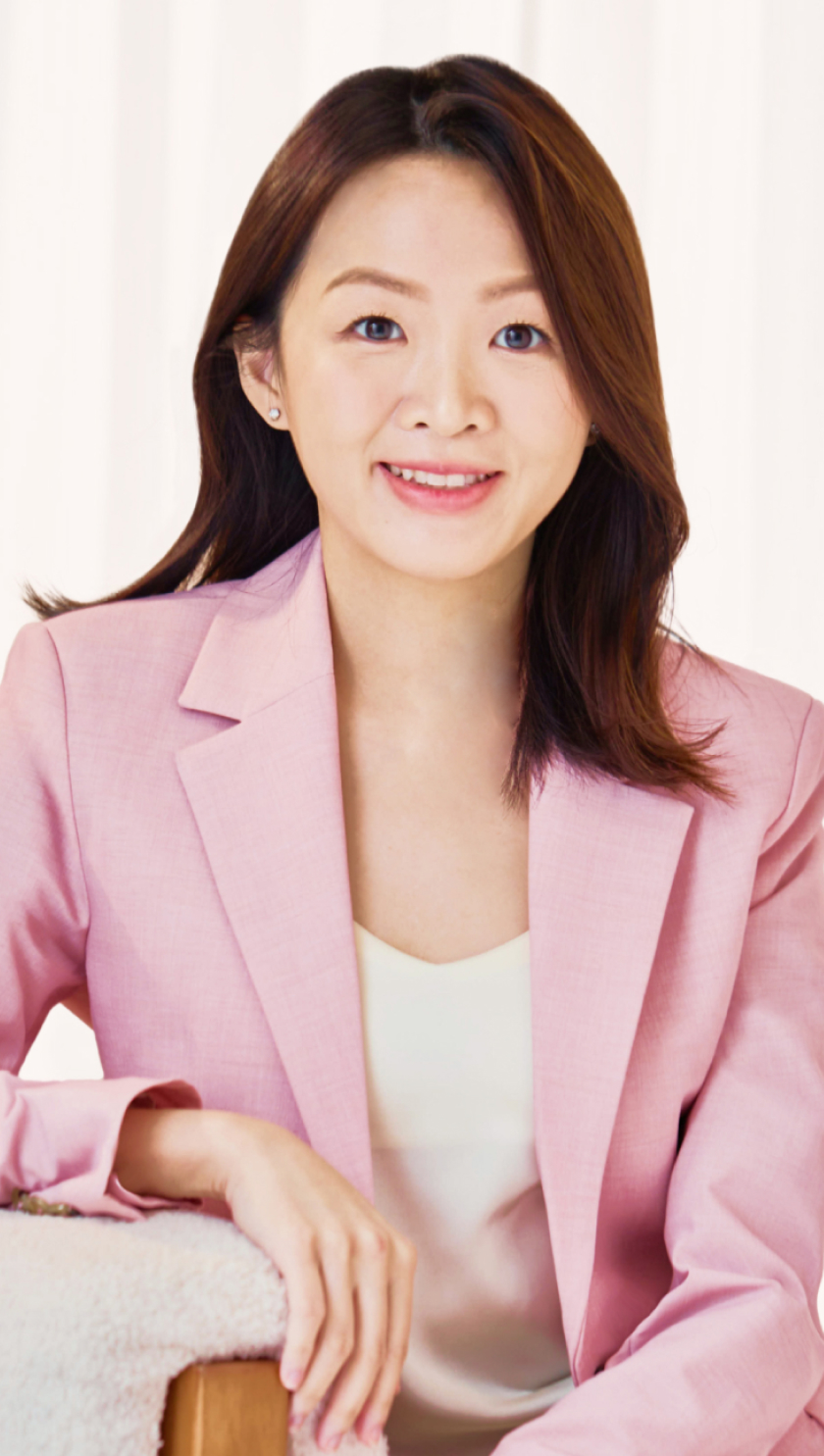A discolouration or irregularity on the skin that is present at birth or develops shortly after. These marks can vary greatly in size, shape, and colour, and can be found anywhere on the body.
Birthmarks in children are generally harmless and often fade or as the child grows older. However, some birthmarks may cause discomfort, affect appearance, or be associated with certain medical conditions.
There are two main categories of children’s birthmarks: pigmented and vascular. We’ll explore the different types of birthmarks within each category, as well as their characteristics and potential implications for your child’s health.
Birthmarks in children are generally harmless and do not require any treatment. However, there are some key factors parents should be aware of when it comes to these unique skin markings.
In most cases, birthmarks in children are harmless and do not require medical intervention. However, there are certain situations in which you should consult with a healthcare professional, such as:
If your child’s birthmark is growing quickly, changing colour or texture, or becoming raised or bumpy, consult with a paediatrician or dermatologist.
If a birthmark is located near your child’s eyes, mouth, or nose and is causing difficulties with vision, breathing, or feeding, seek medical advice.
If your child’s birthmark is causing pain, itching, or discomfort, it’s important to discuss these symptoms with a healthcare professional.
There are several birthmark removal options available for children, depending on the type and location of the birthmark and the child’s age and overall health. Some methods include:
Proper care and attention can help ensure your child’s birthmark remains healthy and does not cause any complications. Here are some tips for caring for your child’s birthmark:
Keep an eye on your child’s birthmark, noting any changes in size, colour, or texture. If you notice any concerning changes, consult with a healthcare professional.
Sun exposure can cause birthmarks to darken or become more pronounced. Ensure your child wears sunscreen and protective clothing when outdoors.
Try to avoid activities that may cause irritation or trauma to the birthmark, as this can lead to complications or changes in appearance.
Ensure the area around the birthmark is kept clean to prevent infection. Gently wash the area with mild soap and water, and avoid using harsh or scented products that may irritate the skin.
We are dedicated to your skin health and well-being. Our results-oriented approach is suitable for a wide range of hair, skin and nail conditions. Consult our MOH-accredited dermatologist for a personalised treatment plan.
You can use your Integrated Shield Plans to pay for certain procedures. Speak to us to learn more, and you’ll be surprised at how affordable private healthcare can be.

MBBS (S'pore) MRCP (UK) FAMS (Dermatology)
Dr. Lee Hwee Chyen is an accredited Adult & Paediatric dermatologist managing a wide range of skin, hair and nail conditions. The clinic provides services for medical, surgical, cosmetic, women’s and paediatric dermatology.

Feel free to drop by our our clinic and meet our specialist
101 Irrawaddy Road #16-09
Royal Square at Novena, Singapore 329565
 +65 8701 7662 (WhatsApp Enquiries Only)
+65 8701 7662 (WhatsApp Enquiries Only)
Mon - Fri (09:00am - 05:30pm)
Sat (09:00am - 1:00pm)
Sun & Public Holidays (Closed)
The risks associated with birthmark treatments vary depending on the type of treatment and the age and health of the child. Some treatments may cause scarring, changes in skin colour or texture, and other side effects.
Most natural treatments have not been scientifically proven to be effective. Discuss any natural remedies with a healthcare professional before using them on your child.